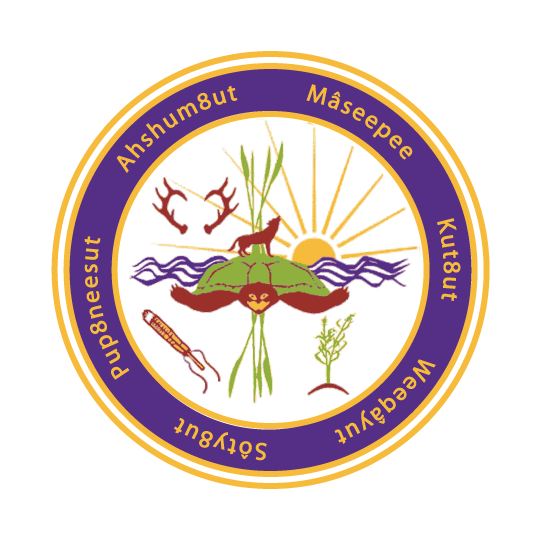Online Exhibit at Harvard’s Peabody Museum Elevates Wampanoag Voices
Photograph of Deacon Thomas Jeffers and Aaron Cooper (left to right). Museum Collection. (Courtesy Peabody Museum of Archaeology and Ethnology, Harvard University)
It’s been four centuries since Europeans first arrived on the shores of southeastern Massachusetts, but the people they met have called the region home for 12,000 years. And while for many, the arrival of the Pilgrims to the “New World” is something to remember in celebration, for others, it’s another reminder of how drastically their way of life has been attacked and altered since. This Indigenous Peoples Day, the Peabody Museum of Archaeology and Ethnology at Harvard University is taking the focus away from 1620 and centering the voices of contemporary Wampanoag speakers.
Eel trap. Gift of Dr. Lombard C. Jones, 1917. (Courtesy President and Fellows of Harvard College, Peabody Museum of Archaeology and Ethnology)
“Listening to Wampanoag Voices: Beyond 1620” features artists, storytellers and researchers, discussing some of their cultural items and photographs that are housed in the museum’s collection. “Early on, we decided to blur the focus on the 17th century,” says Meredith Vasta, collections steward at the Peabody. “We wanted to look at more contemporary lives and perspectives of Wampanoag people.”
In this exhibit, seven members of the Mashpee and Aquinnah Wampanoag tribes describe objects that were made, held, worn, consumed and otherwise made useful by their ancestors. Their accounts are packed with decades of research and thought and underscore the objects' significance and continued relevance.
The objects featured include dried and smoked herring, multiple baskets, an anchor, and an eel trap, which was described by Aquinnah Wampanoag artist Elizabeth James-Perry. James-Perry, who has a degree in marine biology and is the federal tribal co-lead of the Northeast Regional Ocean Planning Body, began studying these traps about 20 years ago when she made a replica for Seattle’s Northwest Folklife Festival. She says she enjoyed consulting on these items because they’re visually striking and familiar. The details of their construction inform her own wampum jewelry design, weavings and fish traps.
James-Perry also consulted on a King Philip's sash that she traced back to the early 18th century and its place in a bloody battle instigated by the English that resulted in the displacement of indigenous people.
“Separation and loss was a big part of the story I uncovered when searching for answers about the sash in particular,” said James-Perry. “It’s important to consider how much effort in colonization went into separating Northeastern tribal members from our lifeways, arts, from other tribes, and from the land itself. Being united even for a moment is quite special, but it’s hard to describe.”
Phillip Wynne, a member of the Mashpee Wampanoag Tribe, tells the story of herring and their significance, using the dried herring from the 1930s that is part of the collection.
“You know, this little fish starts one of, if not the biggest, food chains in our ocean here,” Wynne says in the exhibit. “And everything, in a way, starts over when we see this fish. Everything becomes new again.”
Carrying baskets. Gift of Dr. Lombard C. Jones, 1929. (Courtesy President and Fellows of Harvard College, Peabody Museum of Archaeology and Ethnology)
Alyssa-Harris, Mashpee Wampanoag
Nineteen-year-old Alyssa Harris described some of the collection’s baskets, which were woven by Wampanoag men and women and used as purses or for storage in the home. She says though they weren’t used for this purpose, some are tight enough to hold water. Harris graduated from Mashpee High School in 2020 and has worked as an educator at Plimoth Patuxet for four years. She’s also part of the Wôpanâak Language Reclamation Project (WLRP), a project that, after more than 150 years of dormancy, is bringing their ancestral language back to life. Harris was the first student in Massachusetts to pursue the State Seal of Biliteracy in an indigenous language.
She said that when she’s working at Plimoth Patuxet, visitors sometimes have low expectations of Wampanoags. They don’t realize they’re still living and practicing their culture in the region, or how massive and complex of a society they had before European colonization. “But we are still here,” said Harris. “And our way of survival is just fascinating to me.”






